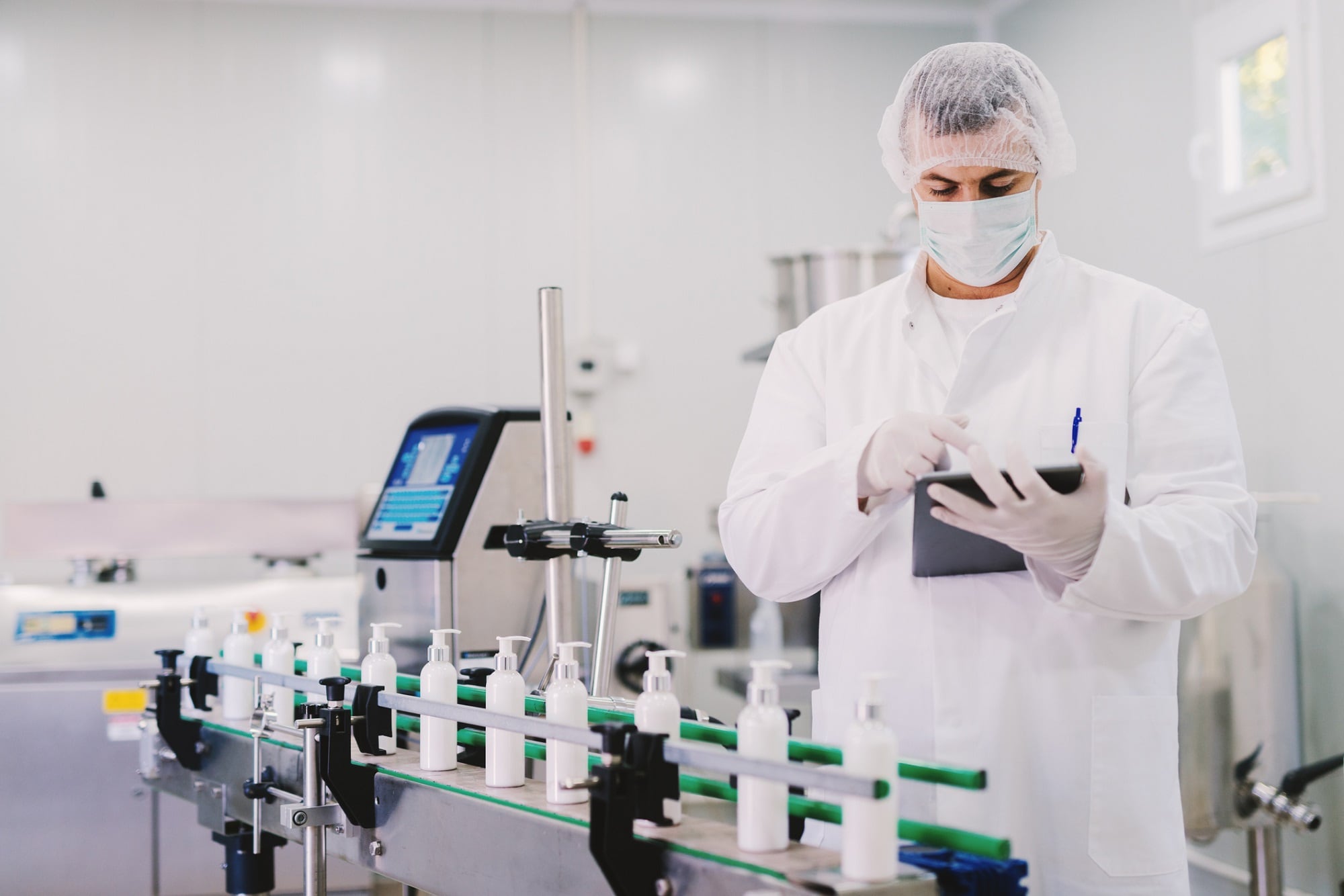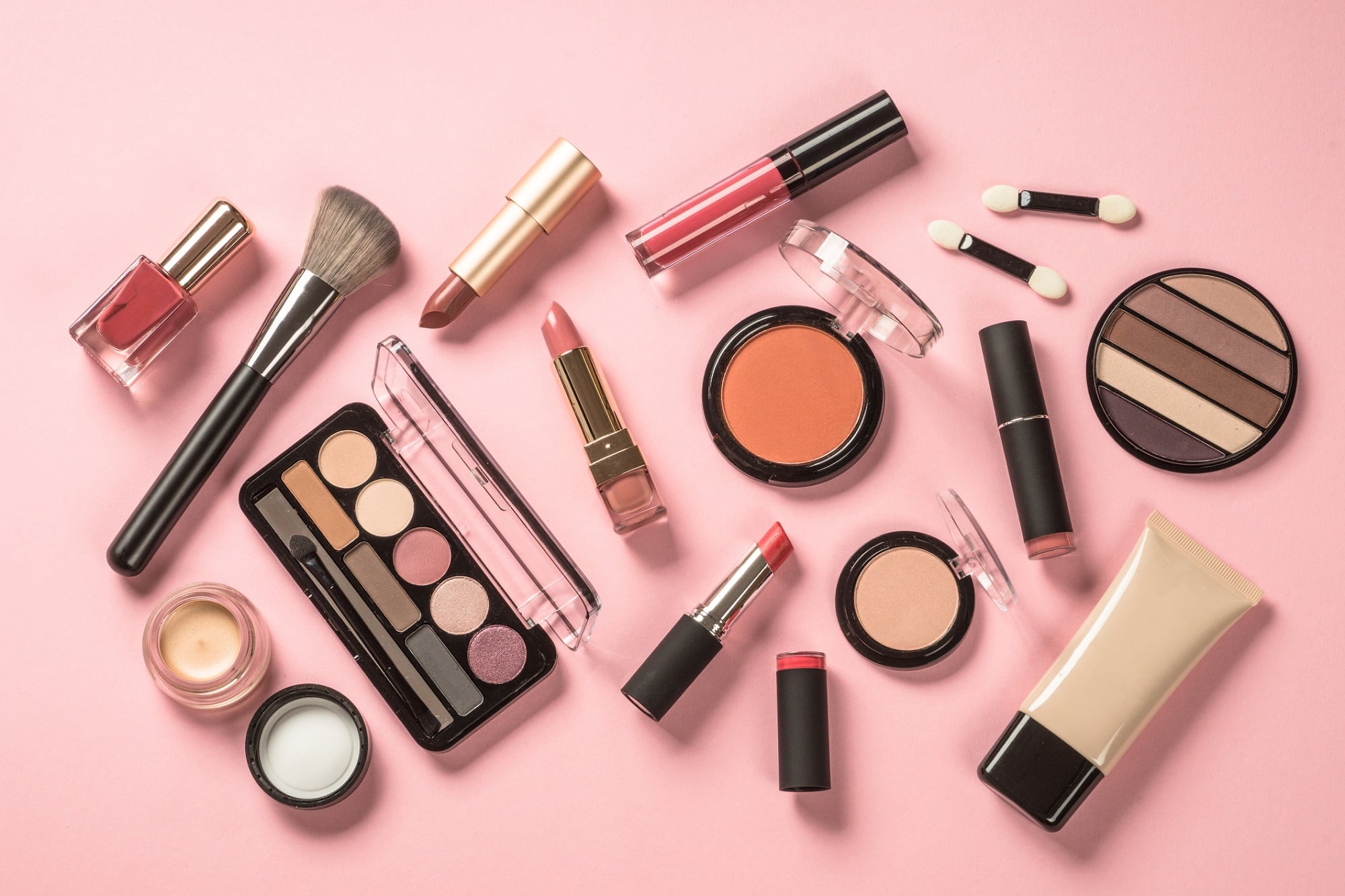As maintained by the FDA in accordance with MoCRA, regarding cosmetic safety substantiation, “companies and individuals who manufacture or market cosmetics have a responsibility to ensure the safety of their products.” While “neither the law nor FDA regulations require specific tests to demonstrate the safety of individual products or ingredients,” the FDA stipulates that a designated “responsible person is required to ensure and maintain records supporting adequate safety substantiation of their cosmetic products.”
While it is clarified that “manufacturers can use relevant safety data that is already available to support the safety of their products,” and that “animal testing is not a requirement for marketing a cosmetic product,” the FDA also notes that “it’s important, however, that all data used to support the safety are derived from scientifically robust methods.”
To support cosmetic and personal care product manufacturers and suppliers in navigating this requirement under MoCRA, Paula Brock, PhD, MSCI of EAS Consulting Group, has presented a seminar on Cosmetics Safety Substantiation. In addition to attending the seminar, CosmeticsDesign followed up with Dr. Brock for her critical takeaways regarding what industry companies need to know to ensure cosmetic safety substantiation compliance.
Dr. Brock has 22 years of experience in pharmacology and toxicology, which includes holding Senior Director positions in Scientific and Regulatory Affairs with the U.S. dietary supplement/cosmetic industry, as well as participating in safety and efficacy analysis, study design, and publication as well as regulatory compliance of cosmetics which included customer training on essential oils for the launch of cosmetic lines.
Key seminar takeaways
First, shared Dr. Brock, cosmetic and personal care product manufacturers and suppliers need to note that “safety substantiation of cosmetics as defined in MoCRA is an evolving area,” and “it will take time to see how the FDA responds to it.” This means that “cosmetic companies will have to develop systems appropriate for the products that they market, as not all cosmetics are the same,” she said.
Further, she explained that “safety assessment is performed on a case-by-case basis using best science, and it is responsibility of the manufacturer/distributor rather than the regulation.”
Having clarified the evolving nature of the requirement, Dr. Brock then stated that “it’s important to document the safety data used for the substantiation, including a discussion on the rationale for the conclusion that the product is safe under the intended use,” because “safety is evaluated using a wide array of data from hazard identification, quality assurance, adverse events investigation, to toxicological assessment.”
While “safety substantiation starts with evaluating the safety of the individual ingredients,” she said, it then “expands into the analysis of the finished product such stability, contamination, impurities, interaction of ingredients, and reported side effects.” As a result, “a lot of data has been generated for cosmetic ingredients over the years and is [already] available for use.” Therefore, she explained, “new studies on the finished product are only needed when the available data on the ingredients are insufficient, inconclusive, and to strengthen the confidence level.”
Crucial deadlines (and ramifications if they’re missed)
Dr. Brock said the requirement for safety substantiation of cosmetic products under MoCRA is already in effect, which occurred on December 29, 2023. However, it’s important to note that “to date, the FDA has not provided detailed guidance concerning their expectations for putting together a cosmetic product safety dossier,” she added.
For more information on crucial upcoming deadlines, she shared, “there is guidance from other sources such as the Personal Care Products Council (PCPC) which includes safety reports from the Cosmetic Ingredient Review (CIR) panel, the International Cooperation on Cosmetics Regulation (ICCR), and the European Union Scientific Committee on Consumer Safety (SCCS).”
Should an industry company fail to comply with MoCRA’s Cosmetic Safety Substantiation requirements, she further explained, “companies would be in violation of the requirements of MoCRA and subject to enforcement action,” which could include “include a determination that the product (or other products) would be considered adulterated.” Failure to comply could also “trigger other actions such as records inspection,” she said, as “it’s a potentially serious matter” and “safety is always taken seriously.”
Cosmetic safety substantiation support
For cosmetics and personal care product manufacturers and suppliers seeking support and guidance with questions regarding cosmetic safety substantiation under MoCRA, “there are many resources available,” shared Dr. Brock. These resources include “CIR safety assessments for ingredient safety reviews” and “the PCPC and ICCR safety guidelines, [which] can be very helpful, as well as the EU SCCS'S latest guidance (SCCS/1647/22).” She also concluded that the FDA has commented on safety, which can be referenced here.





